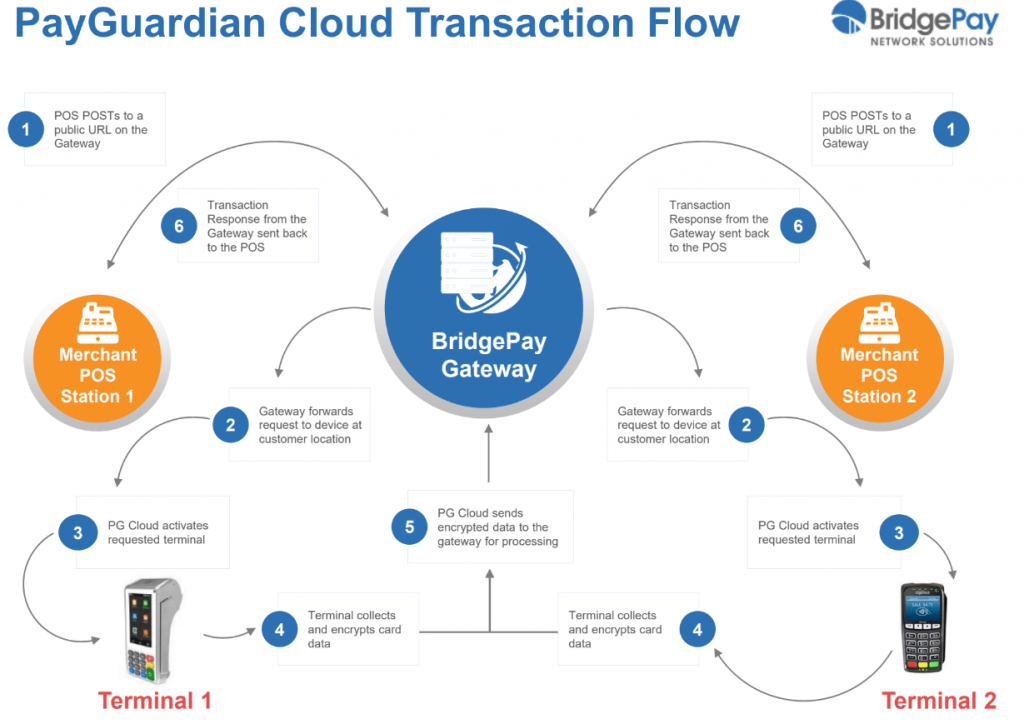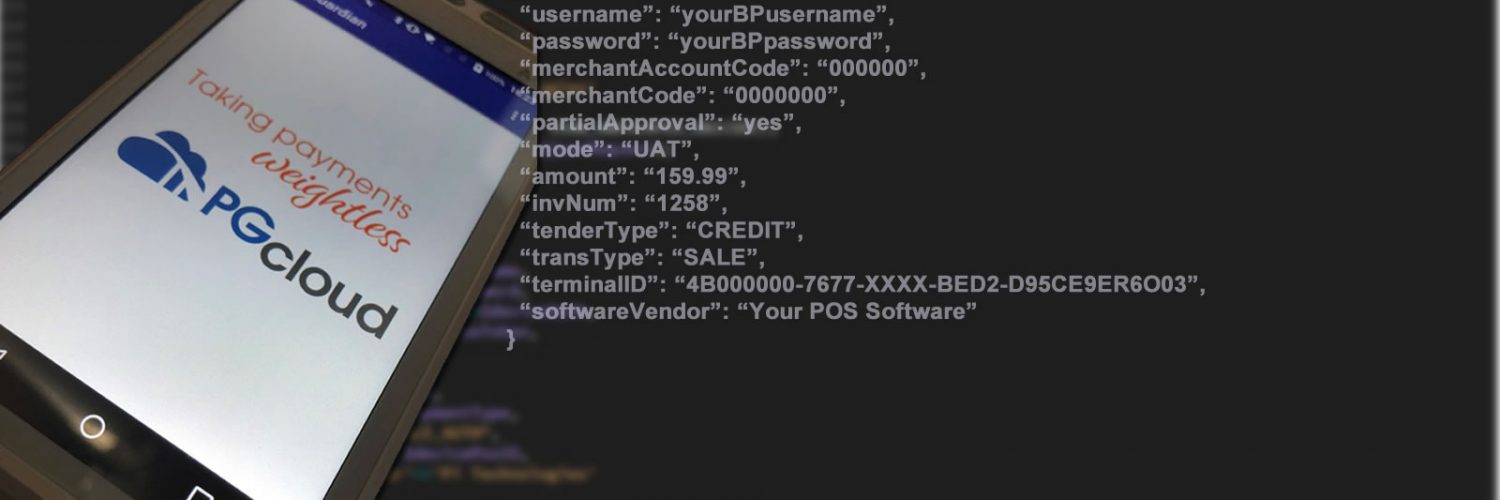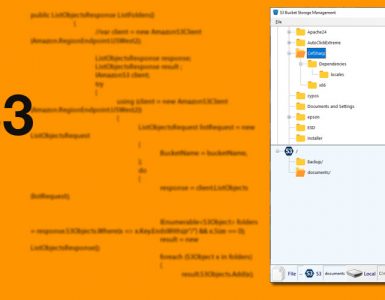A little history
Over a decade ago when I was developing my POS software, I discovered BridgePay’s T-Gate, a gateway for both card-present and card-not-present transactions. The time was before the EMV liability shift of 2015, and all card-present transactions were using an MSR device to swipe the card. T-Gate worked well, and my POS engine API interacted seamlessly with it.
Fast forward to 2015 and the rise of chip cards, semi-integration technology, and EMV transactions. During this time, BridgePay introduced their new gateway complete with a new UI, many functionality enhancements, and the ability to support device integration for EMV transactions.
Today, BridgePay is an agnostic transaction gateway providing turnkey payment application solutions, including various devices, secure eCommerce transactions, and integrated EMV payments POS systems.
- EMV Contact & Contactless Payments
- Encryption
- Tokenization
- NFC: Apple Pay, Google Pay, and more
- Card Vaulting
- Ecommerce
- Card Account Updater
- Mobile Applications
- FSA, EBT, Level II & Level III
My special thanks to Dana Wayne, Carlee Hudachko, David Haas, Ryan Thompson, and Sandra Frantz for their support and patience with me during the integration.
PayGuardian
In search of a solution to give me access to a new line of payment devices while providing a complete cloud solution for card-present transactions, I returned to Bridge Pay, and I found PayGuardian.
PayGuardian offers :
- PayGuardian Cloud – With options to use REST API or the SDK
- PayGuradian Android
- PayGuardian iOS
- PayGuardian Desktop & Kiosk

For my needs, PayGuardian Cloud with REST API seemed to be the best approach.
REST API Integration
Before I started, I needed a test account, which took just a couple of hours to receive after I reached out.
The REST API documentation is relatively self-explanatory. You have to post your request in JSON format to an endpoint, and PayGuardian takes it from there.
Here is how the process works:
- Post your request to the endpoint.
- BridgePay Gateway receives your request and redirects it to the indicated device.
- PayGuardian Cloud activates the requested payment device.
- Terminal collects and encrypts the card data and sends it to the PayGuardian Cloud.
- PayGuardian Cloud passes the encrypted data to the BridgePay gateway for processing.
- Gateway receives the response and sends it to the POS.

Here is a sample request to run a credit sale transaction:
Endpoint:
https://pgc.bridgepaynetsecuretest.com/req/payment
JSON Payload:
{
"username": "yourBPusername",
"password": "yourBPpassword",
"merchantAccountCode": "000000",
"merchantCode": "0000000",
"partialApproval": "yes",
"mode": "UAT",
"amount": "159.99",
"invNum": "1258",
"tenderType": "CREDIT",
"transType": "SALE",
"terminalID": "4B000000-7677-XXXX-BED2-D95CE9ER6O03",
"softwareVendor": "Your POS Software"
}A collection of requests in Postman format is also available so you can see how to form your requests.
With REST API integration, you can request the following transactions:
- Credit transaction
- Debit transactions
- Gift card transactions
- EBT, FSA, and more
Supported Devices
What I especially like about BridgePay is its support for many payment devices. With one integration into PayGuardian Cloud, you get to use any of the following devices:
PAX A Series (Android) devices, PAX E Series (E500, E600, E700, and E800 and PAX Aries8.
In addition to the PAX devices, PayGuardian supports Ingenico and also ID Tech.

Keep in mind that you have to refer to the device/processor matrix on the BridgePay website to determine which device or devices are available for your specific processor.
So, you get to use any of the supported devices with a single integration.
BridgePay Gateway
BridgePay Gateway is for sure a great platform, which you get to benefit from after you integrated into the PayGuardian.
PayGuardian Cloud integration allows you to access the BridgePay Gateway and manage your transactions in real-time.

The Gateway itself has a hierarchical design, which means you can create users and give them access based on their relationship.
So, if you are an ISV and wish for your merchants to see their transactions in real-time, you can create an account for them.
For ISOs, BridgePay Gateway supports access for individual sales agents to monitor and maintain their merchants’ transactions.
Needless to say that the most significant advantage of using BridgePay Gateway is that its growth and all its integrations and certifications for new processors and new devices will automatically become available to you effortlessly. You only manage one integration.
At the end of integration, you will go through a certification process to ensure the quality of the integration and fix any possible issues or tweak little details you might have missed.
The team
I talked about everything but an essential aspect of working with BridgePay, and that’s the BridgePay team.
From the moment I requested a test account until I went through the certification process, I had the fantastic support of several people every step of the way.
The integration team was very responsive and knowledgeable. In fact, from the time you decided to work with BridgePay, it would only be your schedule and time that indicates how long the integration process will take. As far as the BridgePay team goes, they are always around to help you answer your questions.
I strongly recommend you contact Carlee to get all the information you need and ask your questions. sales@bridgepaynetwork.com
Last Words
PayGuardian Cloud integration was a great experience for me and the product itself is simply the best you can get. So, the best way to put it is what you’ll find on the BridgePay website:





